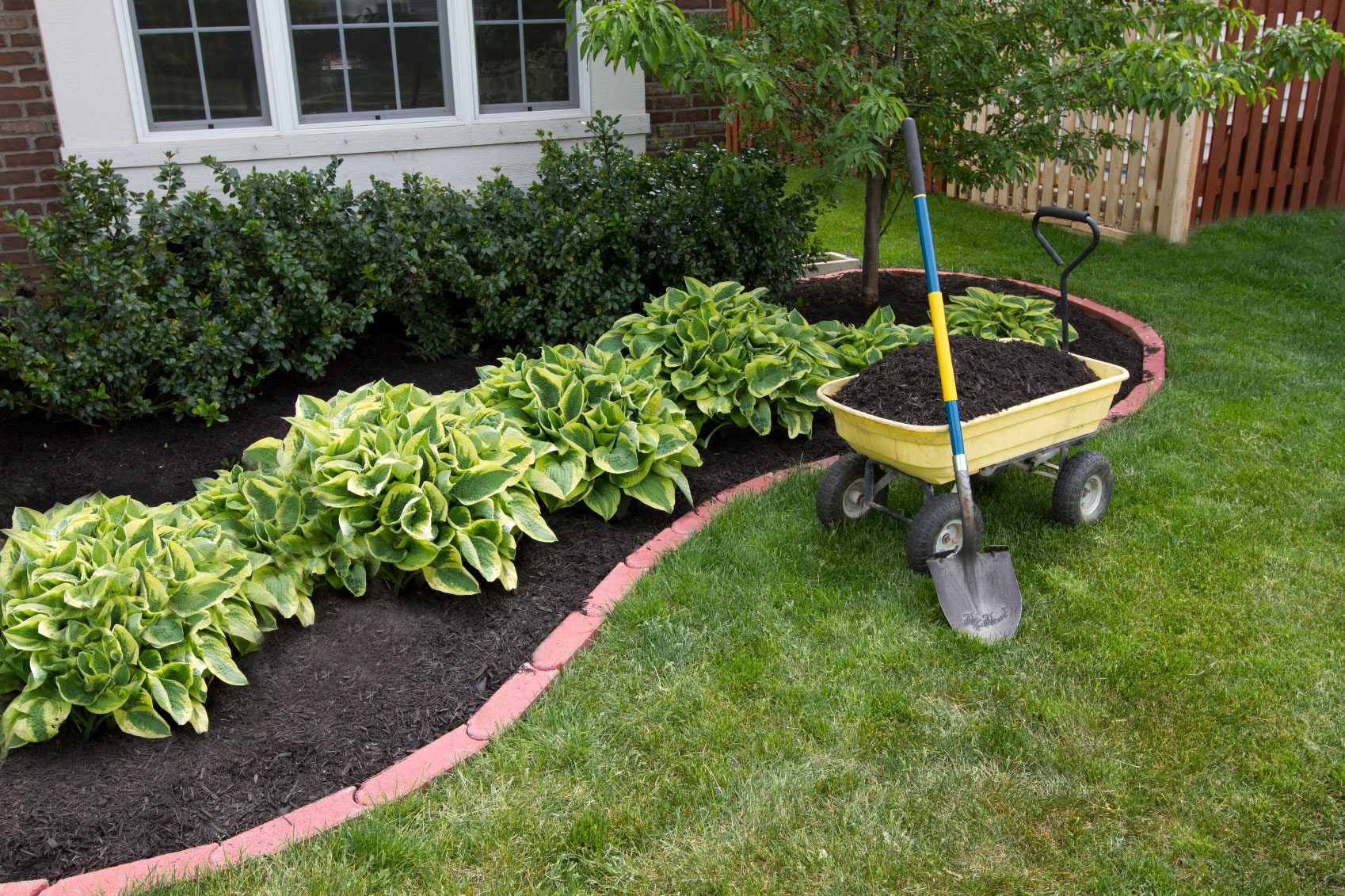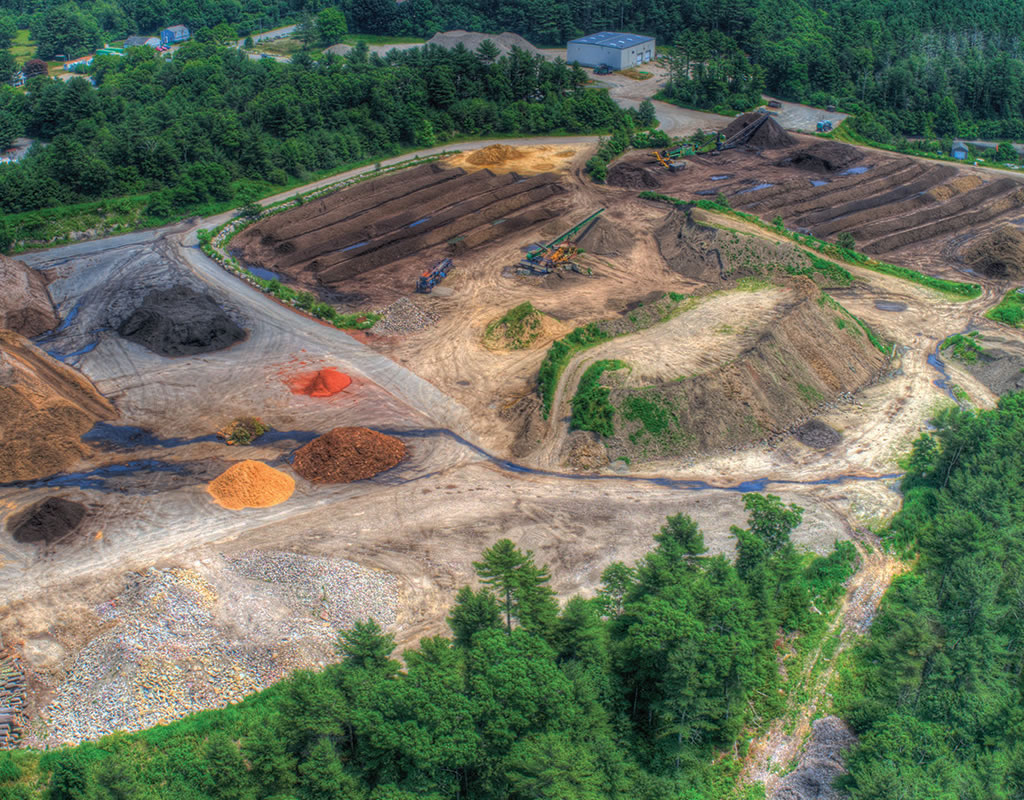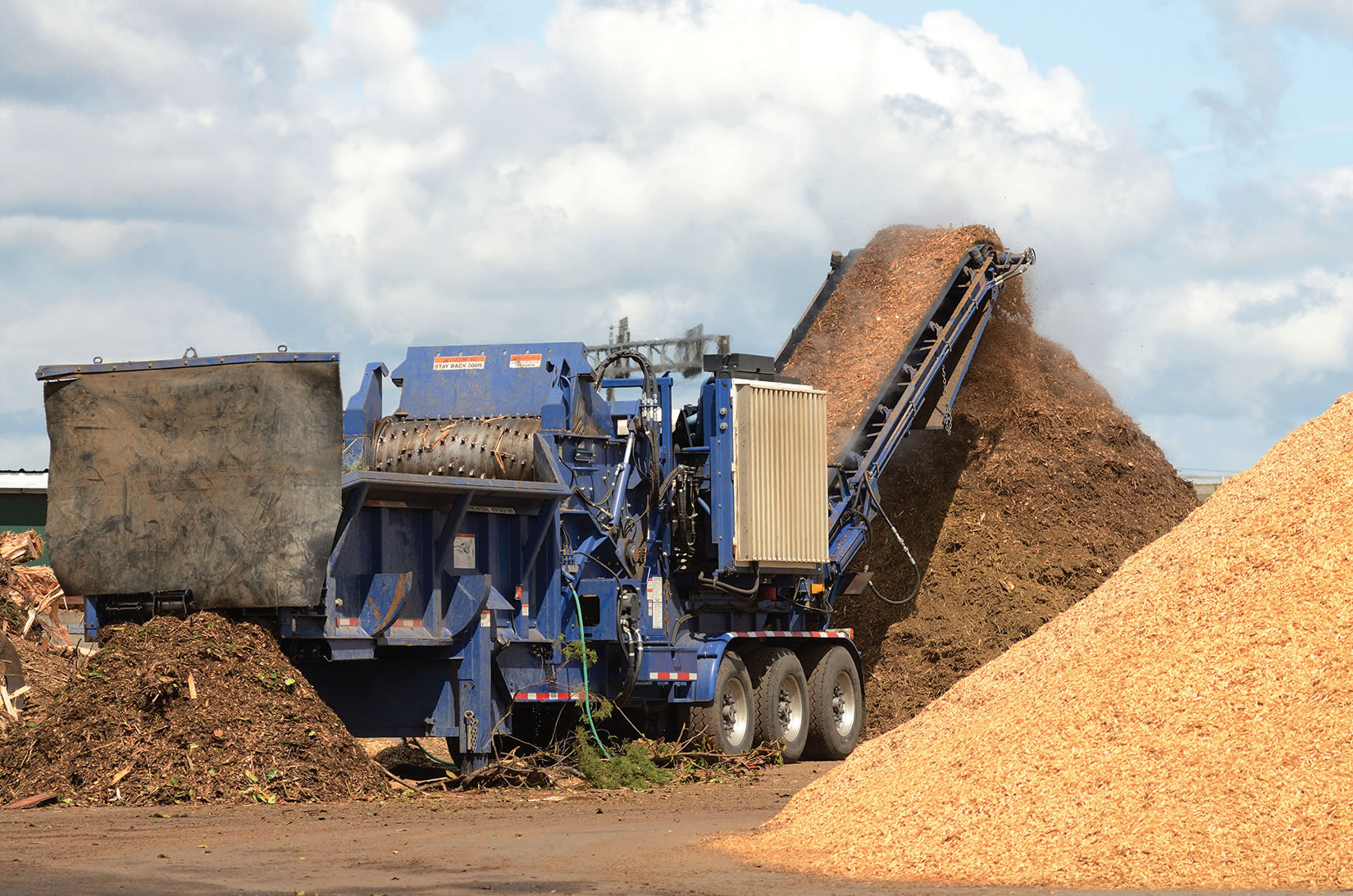By P.J. Heller
Wildfires. Earthquakes. Famine. Drought.
As if life isn’t complicated enough with those and other challenges, along comes the latest concern: jumping worms.
Jumping worms?
Although the wriggly creatures have been around for decades in the United States, researchers are paying renewed attention to jumping worms (Amynthas spp.) as their population has exploded and spread and the effects they are having on the environment. Even the soil and mulch industry is monitoring the issue.
Annise Dobson, a postdoctoral researcher at the Yale School of the Environment, describes the spread as “global worming.”
“There are concerns about the effects these worms will have on forests and other natural areas as well as agricultural and landscaped areas,” notes the University of Illinois Extension in an invasive species alert. “Populations of jumping worms have the potential to change the soil structure, deplete available nutrients, damage plant roots, and alter water holding capacity of the soil.”
“Asian jumping worms devour organic matter more rapidly than their European counterparts, stripping the forest of the layer critical for seedlings and wildflowers,” adds the Cornell Cooperative Extension. “Jumping worms grow twice as fast, reproduce more quickly, and can infest soils at high densities. In areas of heavy infestation, native plants, soil invertebrates, salamanders, birds, and other animals may decline. These invasive worms can severely damage the roots of plants in nurseries, gardens, forests, and turf. They, along with other invasive worms, can also help spread invasive plant species by disturbing the soil.”
The worms change the texture of the soil, making it appear more like coffee grounds.
Jumping worms, a type of earthworm native to East Asia, are also known under such names as snake worms, Alabama jumpers, crazy worms and Asian Amynthas worms. They are so named because the reddish-brown iridescent worms will thrash and jump when disturbed. In the US, they can be found in about two dozen states throughout the Southeast, the Eastern Seaboard, the mid-Atlantic, the Midwest and the Pacific Northwest.
“People spread jumping worms throughout North America by moving potted plants, soil, compost, mulch and fishing bait,” according to the Minnesota Department of Natural Resources (MDNR).
Jumping worms have no predators and any chemical treatments that would kill them would also kill beneficial soil organisms as well, MDNR says. The general consensus among researchers seems to be that temperatures above 104 degrees Fahrenheit will kill them, although the amount of time required at that temperature may vary.
“The temperature that seems to kill both worms and cocoons is 105F,” says Josef Gorres, associate professor in the Department of Plant and Soil Science at the University of Vermont. “However, even in a well-maintained windrow that reaches 160F, the worms migrate to the outer edge of the pile where it is cozily warm for them.”
The Cornell Cooperative Extension advises that when purchasing bulk mulch or compost, “use a reputable producer that has heat-treated the material to a temperature of 130°F for at least three days to destroy the cocoons or purchase bagged mulch.”
The Yale School of the Environment’s Dobson advises the public to be careful of where it buys its mulch, topsoil and compost.
“Ensure it has been heat treated to 104 degrees for three days and hasn’t been sitting around where jumping worms are present,” she recommends.
Robert C. LaGasse, executive director of the Mulch & Soil Council, says claims of jumping worms in manufactured and processed mulch and soil products are so far unsubstantiated.
“Over the years, we've opened thousands of bags of soil and I've never found worms in any of those products that we’re testing,” he says. “So, I’m having a problem finding extreme claims of high levels of infestation in bagged products. Nobody’s verified that. I’ve never seen it. I have no evidence of proof of it. It’s just unsubstantiated claims.
“Certainly, if it was a problem, we think we would have heard about it by now,” he adds. “The reason for it is most of our stuff is processed well above those temperatures [of 104°F]. The temperature profiles that we understand exist seem to be in our favor.
“Our policy at this point is that because we have temperatures greater than that, the likelihood that a manufactured mulch or soil product would contain jumping worms is relatively low,” he says.
Larry and Yvonne Doose, co-owners of Sylva Corp. mulch manufacturing in Princeton, MN, are skeptical of the reports coming out of academia and from some state officials, who they say are presenting anecdotal reports as fact and science based.
“I think the academic sector may be saying too much too soon without having the scientific research to back up what they're saying,” contends Yvonne Doose. “They're spreading anecdotal information . . . There’s misinformation going around and its causing a bit of a panic, at least in Minnesota, that probably isn’t warranted.”
Doose said the company, which has been in business for 25 years, was inundated with hundreds of telephone calls after media reports of jumping worms negatively impacting properties and real estate prices.
“I can’t recall a worm ever being in our mulch, let alone a jumping worm,” Larry Doose says. “I’ve never seen a jumping worm in real life.”
Yvonne Doose says she would like “more facts and more truth.
“It may be a whole lot of nothing,” she says. “I think there are some academics who are saying things that aren’t backed by science. But the academics and media in Minnesota are making something of it. It’s getting dumped on the commercial businesses and the industry. I’d like to get to the truth.”
“It’s getting very dramatic as they present it,” Larry Doose says. “They’re tying it all the way to contributing to global warming.
“We think the things they’re saying could be a threat to our industry, not just to us,” he adds.
Gorres at the University of Vermont suggests that large piles of organic materials such as mulch may attract jumping worms.
“It is food for them,” he says. “So the trick is to defend the stored mulch against being colonized by the worms.”
The Dooses suggest that grant money may be driving some of the push for research into jumping worms.
“I hate to be negative but . . . I’m concerned we have some academics who need something to do,” says Larry Doose.
Despite their skepticism, the Dooses say they are taking whatever steps they can to ensure their 40-acre property doesn’t attract or spread the worms.
Those steps include not taking in such things as yard waste, leaves, grass, tree trimmings or any wood fiber from any counties known to have jumping worms. It sources its raw material for wood fiber from paper mills in northern Minnesota.
Sylva also measures the temperature of its piles in the same locations on a weekly basis to ensure they reach 104F for three days.
LaGasse reports that inspections of soils and mulches sent to the council by manufacturers have failed to find any jumping worms.
Those annual inspection involve products from five regions of the country (the Southeast, Northeast, South, and Central and Western states). The inspection is of the council’s certified products and is not a general survey.
Nevertheless, the council isn’t ignoring jumping worms, he says. The topic was recently discussed at a recent committee meeting.
“We are paying attention to it,” LaGasse says. “We are trying to see what the real issues are. If we’re not seeing infestations, and we’re not experiencing the problem, and we’re maintaining our products at those temperatures, it should not be an issue.”
Jumping worms have a short lifespan – they live through only one growing season -- and are typically seen from about mid-June or July to September. The worms are parthenogenic, meaning they can clone themselves and do not need to mate to reproduce. The egg cases or cocoons can survive cold winter temperatures; they hatch in early spring and adults mature in summer.
“Their egg cases, or cocoons, are so small that they can easily hitch a ride on a hiker’s or gardener’s shoe, or can be transported in mulch, compost or shared plants. Hundreds can exist within a square meter of ground,” notes Science News.
LaGasse says that jumping worms have been around for a long time – “the horse is out of the barn,” he says about their spread -- but the issue hasn’t attracted a strong public reaction.
“Nobody’s interested in spreading an invasive species,” he says. “But there are some claims being made that are unverified. We’d like to find out what the source is, what the basis is, and can we verify any of these things and what can be done about it.
“Although we don’t think we’re a vector for spreading the material, we’re interested in making sure the public understands if there’s an issue what steps it can take,” he says.
“We need to stay in front of it,” adds Larry Doose. “If it’s real, it’s real. Either way, we need to know what’s going on with this worm. We all need to get educated.”
Related News
Subscribe Today
Every other month, Soil & Mulch Producer
News brings you important stories about:
• New Technology
• Products
• Industry News
• Research Studies
Soil & Mulch Producer News features articles and services relevant to your daily operations.











